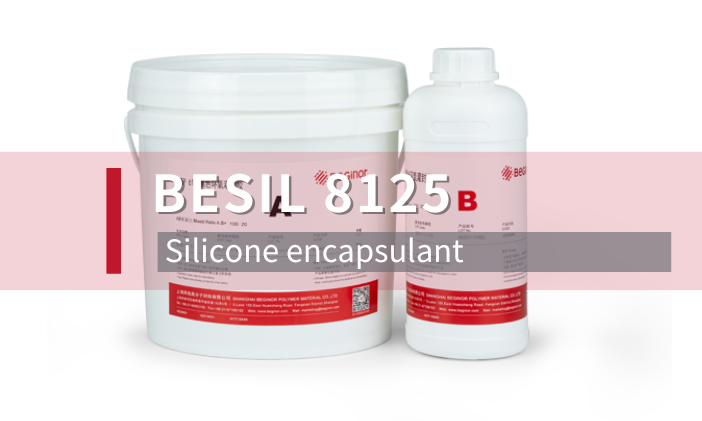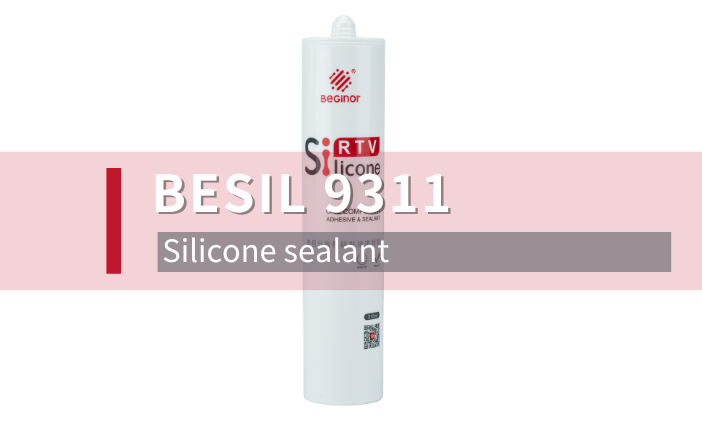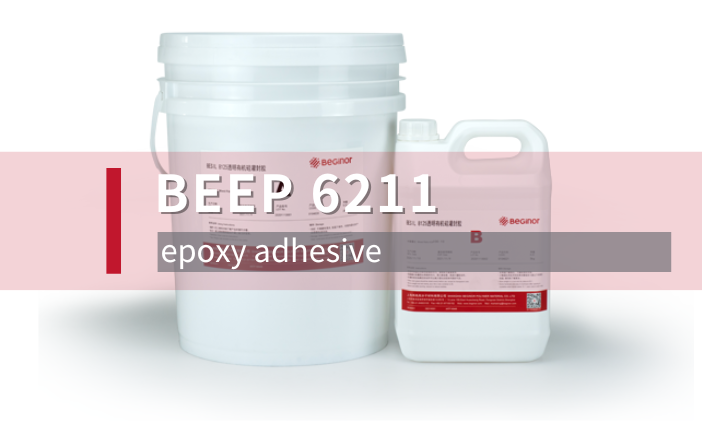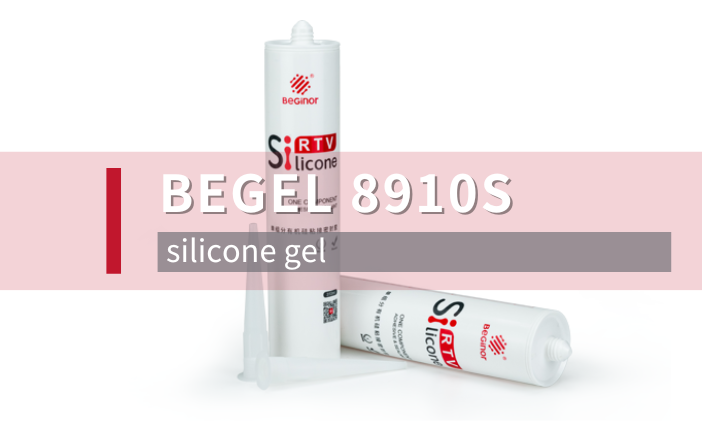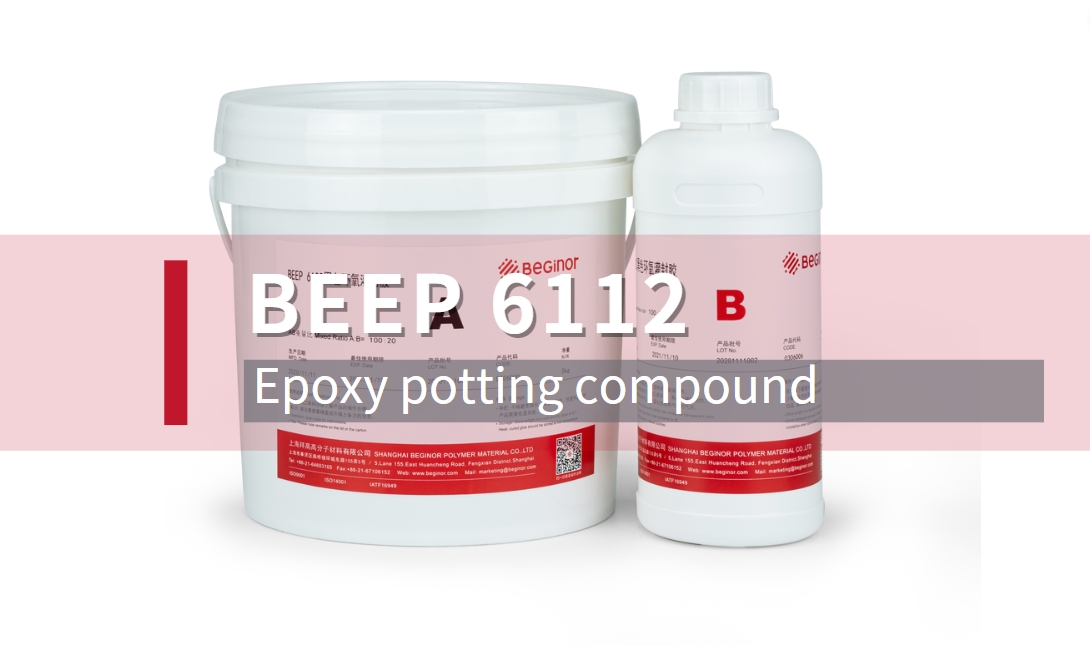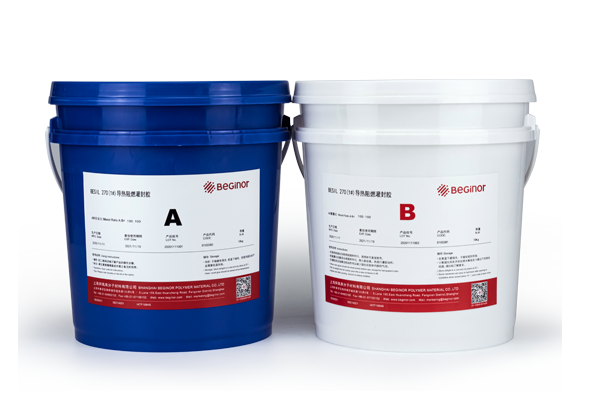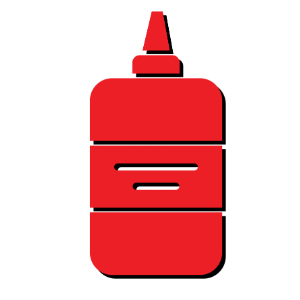How do I choose the right thermally conductive gap filler among the many options?

Today, the demand and use of thermal interface materials (TIMs) in the automotive, consumer electronics, telecommunications equipment, and LED lighting industries has increased dramatically. Although higher throughput is generally required, each industry and application has different requirements for TIMs, especially thermally conductive gap fillers: thinner adhesive layers, reduced mechanical stress on components and solder joints, or easy dispensing for mass production.
Since there is no standardized structure and requirements for thermally conductive adhesives, your requirements for gap filler materials may also be unique. There are several aspects to consider when selecting or developing the best gap filler to meet all your needs.
In general, the considerations will be divided into 5 groups that will be controlled by the 2 main properties of the thermal gap filler: cured properties and uncured properties.
First, manufacturers should refer to the curing properties to select a thermally conductive gap material with suitable properties that directly affect the final product
Aspects of properties to consider when selecting a thermal gap material:
▶Safe.
▶ Resistant to shock and vibration
▶ Moisture resistance
▶ Chemical resistance
▶ Thermal conductivity level
▶ Mechanical fastening
▶ Low component stress
▶ Thermal cycling performance
▶Insulation.
safe | flammability |
Impact on the performance of the customer's product | Cured material properties |
Shock and vibration performance Mechanical fastening | shore |
Tensile strength/elongation/Young's modulus | |
Energy storage modulus | |
Bond strength | |
Moisture and chemical resistance | Gap filler chemistry options |
Dispensing thickness | |
Thermal conductivity level | Thermal conductivity index |
Dispensing thickness | |
Thermal cycling performance
| Glass transition temperature, Tg |
Tensile strength/elongation/Young's modulus | |
insulation | Resistance (volume resistivity, breakdown voltage) |
Rework, repair, and recycling needs
Undoubtedly, curing performance also affects the final product's ability to repair, rework, and recycle during the manufacturing process or at the end of its useful life.
When considering repair and rework needs, manufacturers need a material with ease of removal, material hardness, material adhesion, and EHS capabilities. Good recycled materials, on the other hand, need to be easy to remove and dispose of (when it comes to sustainability). As a result, these capabilities will be associated with the following features and specifications of the Thermal Gap Adhesive:
Gap filling chemical type
A variety of polymer chemistries are available. However, the two most relevant types of gap fillers are silicone and polyurethane polymers.
Silicone gap fillers
When cured, they are typically mechanically soft materials, so they exert less stress on precision components. The properties of silicone can be an advantage of this application, but it can also be a disadvantage of other applications. For example:
▶ They have a lower bond strength, which means some type of mechanical fastening is required to hold components in place, which also means they are easy to rework, repair, and recycle.
▶ They have good moisture resistance but poor chemical resistance.
▶ Some silicone-based gap fillers also have a very low volatile content, which means they can be used without worrying about other coating or painting processes.
Polyurethane caulk
Better adhesion and chemical resistance than silicones.
▶ They are also relatively soft and reworkable, although their higher adhesion can pose challenges.
▶ Their high temperature limit (about 130 °C) is not as good as that of silicones (above 200 °C)
▶ In conclusion, the main criteria for selecting silicone and polyurethane gap fillers will be the customer's requirements for chemical exposure, adhesion and reworkability.
Mechanical properties
This will also affect the ability to repair and/or recycle components. Harder materials with greater adhesion can make it difficult to disassemble parts without damaging them, or to remove material traces from individual parts.
Therefore, it is necessary to consider potential rework or repair issues early in the final product design so that both mechanical structure and gap filling material properties can be optimized.
The above is part of the selection of thermally conductive gap adhesives, and another important criterion for manufacturers to consider is the performance of the uncured material, which will impact the assembly process and supply chain services

Choosing the best gap filler can be a challenging task, but if you have a need for this, you can consult with our sales staff to recommend the right product for you to choose the right material



